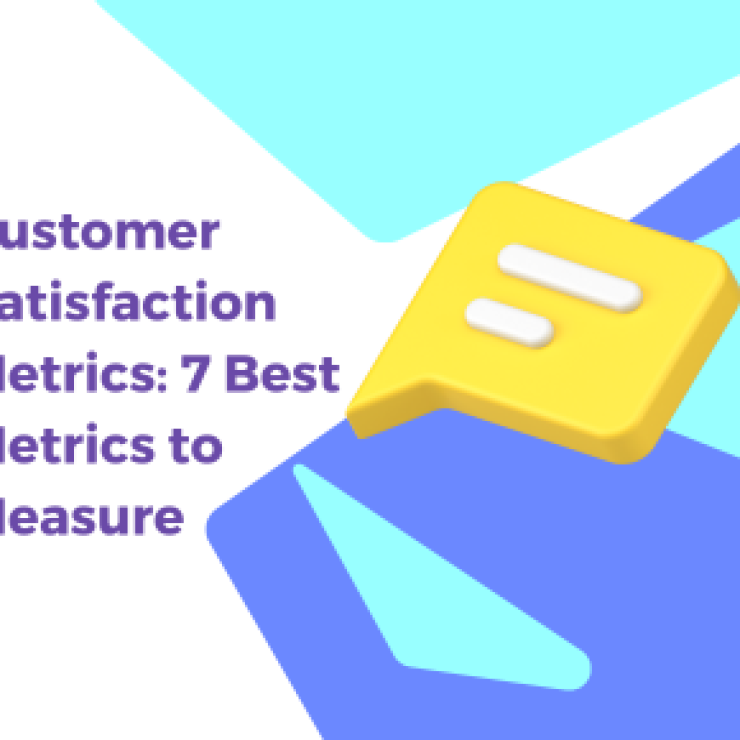Product management mistakes include wasting time or money on features and products that don’t work. It’s your responsibility as a product manager to make sure that your product has a chance of success. Is your target market interested enough in the product? Marty Cagan says that being too confident in your idea and failing early to validate it is dangerous.
Why Validate?
Nobody knew that a touchscreen tablet was what they wanted before April 2010, when the first iPad models were released. It was. This is a great product launch. Netbooks, a new type of laptop computer, was also launching at the time. It proved that consumers want small, portable devices. During the six months following the iPad’s debut, however, the market for Netbooks was booming.
The problem was not solved by PC manufacturers. The people didn’t want small PCs. They wanted versatile, easy-to-use, fast devices that could check email and use the Internet.
Too many startups start with an idea for a product they believe people will want. Then they spend months, sometimes even years, perfecting the product and never show it to a potential customer. They often fail to get a wide customer base because they have never spoken to potential customers to determine if the product is worth their time. If customers communicate that they aren’t interested in the idea through their indifference, then the startup fails .”– Lean Startup
Validating your product or adding functionality reduces the chance of it failing.
- Is your right problem being solved?
- Do you have the right solution for the right problem?
- Is your solution the right solution for you?
Knowing how to find the answers is key.
Moving Through the Motions
Each organization, product or idea is unique and will require its own validation process. These questions can be answered at a basic level in three steps:
Step 1 – Understand the Problem
A concise, complete description of your problem is required. This should not exceed 25 words. You probably don’t understand the problem if you can’t express it in such a concise manner.
Step 2 – Know the Market
Once you are certain that you have identified a problem, it is time to pinpoint the market. At this point, it is better to be specific about your target market. You can always expand into other segments as your product idea becomes more solid.
Step 3 – Research the Market
Next comes actual market research. This may seem like pulling down market prediction reports from a few of their favourite research firms. However, this won’t work if your idea truly is revolutionary. This is another area where product managers often lose their way.
Solving the Right Issue
Eric Ries, the author of The Lean Startup, argues that the question shouldn’t be “Can this product or service be built?” but rather, “Should it be built?” and “Can we create a sustainable business around these products and services?”
The first step to answering these crucial questions is to identify the problem that you are trying to solve. Dr James P. Womack is the inventor of lean concepts and the basis for lean startup principles.
He suggests that you identify the problem and then suggest at least five countermeasures to solve it. People tend to find the solution without fully understanding the problem. Then they stop tweaking their ideas because they believe they have solved the problem.
It’s risky to solve the problem first and then fix it later. How can you tell if your solution is the best? There are many solutions to most problems, so it is a good idea that you take the time to think about your options.
Many product managers fall for the temptation to assume that they are already aware of the problem and can solve it. Both of these assumptions are dangerous because they can lead to self-fulfilling prophecies in every step. These assumptions could spell doom to your product idea. So don’t assume. Identify the problem first.
Understanding your target market: Interviewing subjects
You would be able to instantly get feedback from your network, friends, colleagues and coworkers in an ideal world. This may be a great first step in identifying your problem or target audience, but you can’t rely on their feedback for help. Asking friends to give their opinions on your idea is not a good way to boost your confidence. Is the network representative of your target market? Most likely not.
How do you find people in your target markets to talk about a product that doesn’t exist yet?
Landing page MVP
An MVP is a great place to begin if you want to adhere to Lean Startup principles. It doesn’t need to be as difficult or expensive as it sounds. If your product fails, you should consider the potential damage to your company (and your credibility).
The U.S. Navy’s KISS (Keep It Simple, Stupid) principle is a good starting point. Henry David Thoreau, who famously said “Simplify”, kept things simpler. Your MVP does not need to be complicated. In fact, it doesn’t have to contain too many bells and whistles.
A simple landing page with a signup form is a great MVP if you want to get interested parties into your solution. Joel Gascoigne first came up with the idea for Buffer in 2011. He validated it using a landing page MVP. It was a huge success.
This MVP page was designed to test whether people would consider the app. I just tweeted the link to ask people their thoughts about the idea. I sent the link to a few people who used it to send me their email addresses. I also received some valuable feedback via Twitter and email. I consider it “validated.” I now have my first “validated learning about customers. It was now time to learn more.
Create a landing page. Do keyword research on the problem to find out how people search for solutions. Once you have this information, you can start building your website. Once you have compiled a list of “signups”, you can start getting in touch with people who will guide you in the right direction.
If you are not getting any signups or even any interest in your idea, you might want to reconsider how you promoted it. If you fail to market your idea, you can try using a different strategy again. However, if your idea is not successful, you should get in touch first with your early subscribers to learn more about their needs. The second step is to continue testing and developing your MVP.
A bare-bones MVP will help you attract early adopters in every phase. It will also give you an audience with which to share your ideas. You will be able to tap into existing customers who are interested in your product’s success by the time it is ready for launch.
Learn More about your early adopters
After you have defined your problem, created an MVP and gathered contact information from a sample market to gauge interest, you can start to test your solution. Is it possible to create a sustainable business model around this idea?
Are the customers motivated to buy your product because of the severe pain? What are the current solutions to the problem your product is trying to solve? You can get closer to these questions by having genuine conversations with early subscribers.
These conversations will help you understand the problem’s current state and identify solutions. Roger L. Cauvin says, “If you seek validation from someone else, you will tend not to get it.”
Confirmation bias refers to our tendency to subconsciously give more weight to evidence supporting preconceived notions than to neutral and negative evidence. This is sometimes called “happy ears” in sales. It refers to the ability to hear what you want and then seek out evidence that supports it. How can you avoid it?
Falsifiable Hypotheses
Cauvin encourages entrepreneurs and product managers to Stop Validating and Start Falsifying. This will avoid cognitive bias in product research. “You must create experiments and falsifiable prediction, with the intent of testing and not ‘validating,’ the hypotheses, in order to be scientific in product decision making.”
Karl Popper’s theory about falsification states that a falsifiable prediction can be proven false or true. His most fascinating statement regarding the theory is:
“If a theory seems to you to be the only one that is possible, this could indicate that you don’t understand the theory or the problem it is trying to solve.”
Asking Better Question
These conversations should be conducted as scientific experiments. It is important to bring the right questions. Product managers who are excited about a breakthrough idea often ask biased questions to get their subjects to respond in a way that validates it.
Rarely will a customer answer “No” to the question “Would you be able to use …??”
It’s better to ask customers open-ended questions, such as how they deal with a specific issue or what their process is. If you ask, you will likely receive a variant of the existing process or a complex and convoluted solution.
Users often don’t see the larger picture. Users often think of alternatives to the current solution. Henry Ford said, “If I asked people what they want, they would have chosen faster horses.” Don’t try to build a faster animal; don’t be discouraged if they ask for a faster horse. Customers don’t always know exactly what they want. But they can recognize it when it is there, just like the Model T and the iPad.
Usability Studies
After you have decided that your MVP and idea are worthy of effort, don’t stop validating. Validating your MVP and idea is a constant process. You might consider inviting a group of potential users to participate in usability testing.
This will allow you to observe how they navigate the problem and compare your solution with theirs. It may be that the problem you thought was so big and scary is actually quite manageable.
You might just have the next big idea. If you interfere with the results, you won’t be able to tell. So just observe the process.
Validate Ideas Before Building
As a product manager, the greatest sin is to waste your company’s money or time on a product that fails. It’s your responsibility to make sure that your product has a chance at success if you give it the green light. It’s important to invest your time.
Although it can be difficult to let go of your biases and personal opinions, it is essential. These validation tips will help you make sure that your decision to go or not is based on more than just your gut.




